I understand this has been asked before, but I've never been able to find a satisfactory answer to the question I have, which is: in general, how do we treat the dependent sources in the small signal models when calculating the short-circuit time constants?
Case in point: I ended up with the following circuit (in part) when doing the low-frequency analysis of a CS-CB circuit, for one of the capacitors:
From the example given in this question, I guessed that the equivalent resistance would be R1||R2. Or, as my lecturer said about a similar circuit, the right-half of the circuit is "completely separate" from the left-half.
However, I thought the way to compute equivalent resistance was to replace the capacitor with a voltage source, and to calculate the current? In that case, G would have a non-zero potential, and then wouldn't the dependent current source add current from the right-half of the circuit to the left-half...?
Am I understanding "equivalent resistance" incorrectly? When can we "ignore" the dependent source when finding the resistance "seen" by the capacitor?
